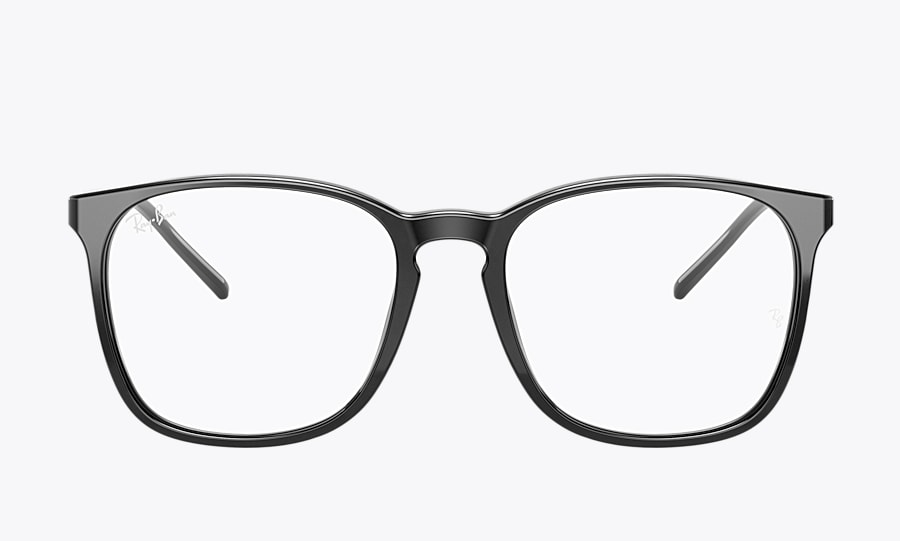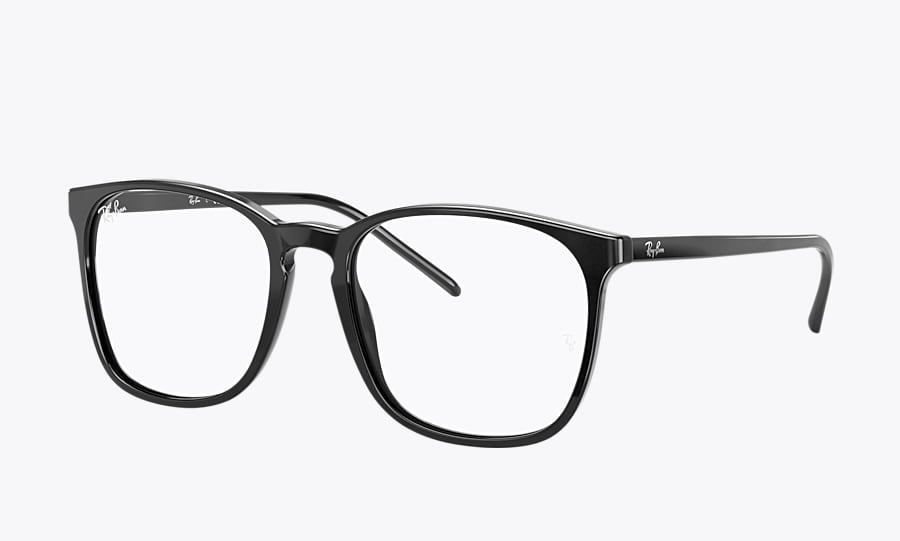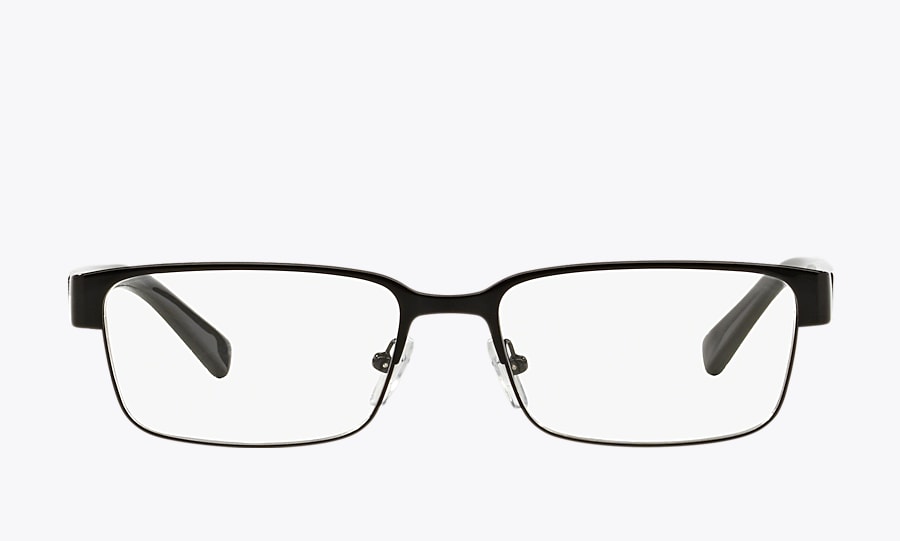
Polycarbonate is the current industry standard for safety glasses, sport goggles and kid’s eyewear. Polycarbonate, also called poly, is a near-unbreakable form of plastic.
It has a wide range of uses and can be found in many modern products, such as auto parts, medical equipment and CDs. Polycarbonate even went to the moon, in the form of Neil Armstrong’s astronaut helmet.
Eyewear made from poly can be used for visual correction, safety or a mix of both.
Advantages and Disadvantages of a Polycarbonate Lens
Since its commercialization in the 50s, polycarbonate has become a popular material. There are some problems with the polycarbonate lens. But it wouldn’t have become so ubiquitous if the pros didn’t tend to outweigh the cons.
Pros
Polycarbonate lenses are some of the most durable out there. Plus, they come with other advantages. When you get a polycarbonate lenses, you also get a lens that is:
- Impact resistant – While not 100% shatterproof, a polycarbonate lens is extremely durable. Poly can be up to 10 times more impact-resistant than other lens materials. In fact, polycarbonate is a key material in bulletproof “glass.”
- UV blocking – A polycarbonate lens absorbs and blocks almost 100% of UV radiation. This protects your eyes from the short- and long-term health complications created by UV exposure.
- Thin – Compared to other lens materials, poly can be made thin while keeping its durability and vision corrective properties. They’re also lightweight, making polycarbonate lenses easier and more comfortable to wear.
- Customizable – Various coatings can be applied to a polycarbonate lens, such as anti-glare or blue-light filtering coats. This allows for versatile eyewear that is able to meet your specific needs.
Cons
Poly lenses aren’t perfect. There are some cons to keep in mind before you decide to go with polycarbonate lenses:
- Cost – Polycarbonate lenses are made of high-quality material, and their price reflects that. Poly lenses can run up to twice the cost of other commonly prescribed lens types.
- Easily scratched – While a polycarbonate lens is unlikely to shatter, it is easily scratched. Fortunately, a scratch resistant coating is typically applied during manufacture. Unfortunately, this also contributes to the higher cost.
- Low optical clarity – Polycarbonate has the lowest Abbe value of the most common lens materials. This means that chromatic aberrations could occur more often while wearing poly lenses. These aberrations resemble rainbows around sources of light.
- Suitability – Polycarbonate lenses are not suitable for all prescriptions. People with prescriptions stronger than +/- 4.0 could see distortions through polycarbonate lenses. The same is true for those with an acute astigmatism. For these cases, high-index lenses may be preferable.
Plastic vs. Polycarbonate Lenses
While polycarbonate is technically a type of plastic, it does not fall under the category of standard plastic lenses.
One advantage plastic has over polycarbonate lenses is their optical clarity. Plastic lenses have an Abbe value nearly twice that of polycarbonate lenses. Unlike poly, this puts plastic over the level needed for chromatic aberration to be undetectable to the human eye. Plastic lenses are also cheaper than poly lenses.
These are the two main advantages plastic has over polycarbonate. Poly lenses, on the other hand, protect against UV rays. Plastic does not. Polycarbonate is also more durable, lightweight and comfortable to wear than plastic.
High-Index vs. Polycarbonate
High-index lenses are the standard for high prescriptions (above +3 and -5) because of their dense material. This density allows for thinner lenses than polycarbonate while still correcting vision.
The density that allows high index lenses to be thinner also makes them heavier than poly lenses. Polycarbonate lenses are also 10 times more impact resistant than high index lenses. Yet, while polycarbonate can be used for those higher prescriptions, the thicker lenses may not be worth the trade-off.
As for optical clarity, both have lower-scoring Abbe values. Even so, high-index lenses score slightly higher than poly.
Trivex Lenses vs. Polycarbonate
Trivex and polycarbonate lenses share many similarities. Both are shatter resistant, UV blocking and lightweight. That said, Trivex does hold some advantages over polycarbonate.
Trivex lenses are actually the lightest available, and are 10% lighter than poly lenses. They also have a higher tensile strength. This is useful if you want certain styles, like rimless glasses. There is less chance hairline cracks will form in the lenses during manufacture.
The largest advantage a Trivex lens holds over a polycarbonate lens is clarity. Trivex lenses have a higher Abbe value than poly. The value is high enough that distortions should be undetectable.
One advantage polycarbonate has over Trivex lenses is size. Trivex lenses are 10% thicker than poly lenses. So, Trivex likely isn’t the first choice for higher prescriptions, as the thicker lenses will be cumbersome and less comfortable.
Glass Lenses vs. Polycarbonate
While glass lenses are the namesake for glasses, they are rarely used these days. Glass lenses are fragile and dangerous when broken. They are also heavier and thicker than polycarbonate lenses. Because of these characteristics, glass lenses are limited in style, as only certain frames can hold them.
The only real advantages glass has over polycarbonate are its:
- High clarity – glass lenses have the highest Abbe value
- Scratch resistance
Are Polycarbonate Lenses Right for You?
In short, polycarbonate is one of the most widely used corrective lens materials. Their lightweight and durable properties make them a great fit for children, active adults, field workers and people who work or spend time in hazardous conditions.
Poly lenses are also recommended for people with low or no vision in one of their eyes. This is due to their protective qualities.
Talk to your eye care provider about whether polycarbonate lenses are right for your vision needs.



















